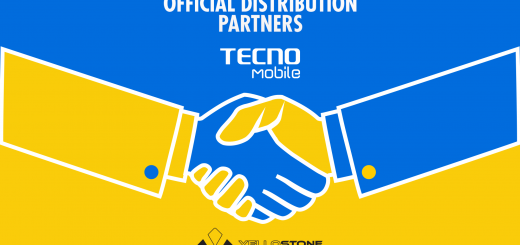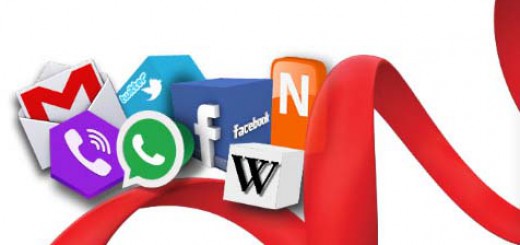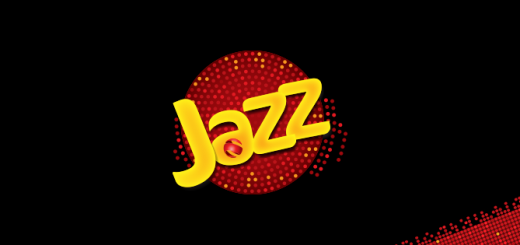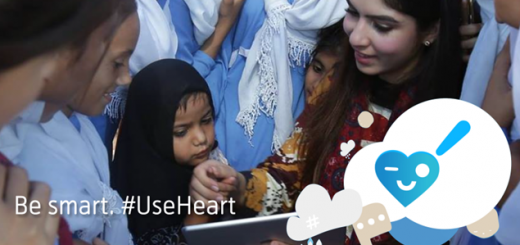Telenor Research: 7 Tech Trends for 2018
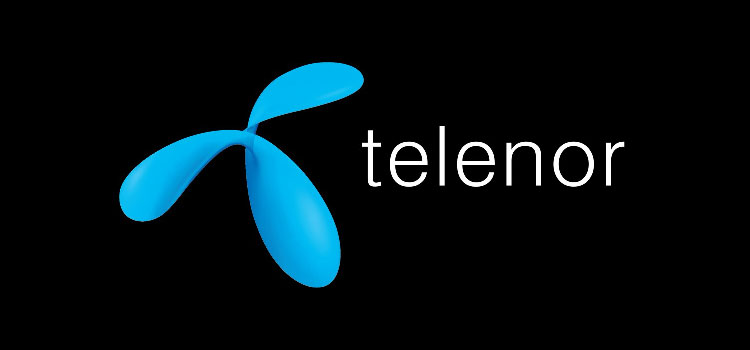
If 2017 was the year when self-driving cars, AI, Big Data and cryptocurrencies appeared on our radar, 2018 will be the year when many of them appear in our markets, says a team of scientists and technology analysts at Telenor Research.
“When big changes happen it is often because regulation, user preference and technology converge – mobile telephony is one example, the car another. 2018 will see key developments in all three dimensions. We have picked the trends that we think are both illuminating and important to stay on top of ahead of the New Year,” says Bjørn Taale Sandberg, Head of Telenor Research.
Consumer-trends such as face recognition, on-demand services and 360-photos aside, what seismic shifts in the broader technology landscape might shake things up in 2018? Looking ahead, scientists and technology analysts at Telenor Group’s research arm, Telenor Research, see seven tech trends coming our way: 
1: Social media newsfeeds: Less social, more media
Facebook users are posting less and the amount of relevant information on the Facebook newsfeed is dropping, giving way to an increasing amount of professional and paid content – of varying relevance. Users are also likely becoming more critical as awareness rises around “fake news” seeping into their feeds.
“Perhaps discouraged by a lack of relevance, users could start turning to other platforms for news, to curate their ‘digital presence’ and get updates on friends and family,” says Bjørn Taale Sandberg. All the while, Facebook will develop further into a communication platform – both through the ever-popular Messenger app and in Facebook Groups for micro-coordination.
2: People will actually read online Terms & Conditions
In mid-2018, the EU will update the General Data Protection Regulation (GDPR) in several significant ways. Hear us out before we lose you because this is important: Customers of any digital service – all of us – are becoming the owners of the data that we produce when using these services. The regulation strengthens how that data is protected for all of us in the EU, aiming to give control back to us private users. It also changes how companies ask for your permission to use your data.
Terms & Conditions must be reinvented so that consumers know what data they give away and for what purpose. “This reinvention is key and we are going to see a lot of variations around Terms and Conditions in the beginning. We expect that the best solutions will be copied, so watch out. New Terms & Conditions are coming to your favourite app – and you’ll want to read them!” says Sandberg.
The jury is still out on how this could affect those in Asia, but we anticipate ripple effects in the months and years ahead. “Global companies like Google and Facebook might make their improved Terms and Conditions apply globally,” adds Sandberg.
3: Artificial Intelligence and Deep Learning hit the mass market
Artificial Intelligence and especially Deep Learning, the ‘magic’ that is bringing us driverless cars and facial recognition, has been sitting solidly atop the hype curve over the last few years. “We believe 2018 will be the year when deep learning moves beyond the hype, and will find new markets outside of the Internet giants,” explains Sandberg. The technology will take on a wide range of industries, including health, energy, transport and telco. Those that succeed will do it through hard work, well understood use cases, ample training data and skills and knowledge to train models. Business failures will come from misunderstood use, mismanaged expectations on deep learning’s capabilities, immature data handling, and not the least – from those that think deep learning is a magical tool that can be bought off the shelf and not grown from within.
What is Deep Learning?
A refresher: Deep Learning is a sub-field of Machine Learning concerned with understanding the world through large models and huge amounts of data, and thus bringing us closer to artificial intelligence. Deep learning is behind revolutionary breakthroughs in automation of a wide range of tasks, including understanding images, text, and speech. Deep Learning uses large artificial neural networks, computing systems inspired by our brains neural networks.
4: Blockchain – can it break out of its own cryptocurrency cradle?
Depends who you ask, but the problems are stacking up, and this year we may see blockchain technology struggle to break out of its cryptocurrency cradle. Blockchain is best known as the technology behind Bitcoin, a digital currency that doesn’t need a central governing body to guarantee transactions. One of the perks of blockchain is that it is, by design, resistant to modification. However, this also brings about the challenge of diversifying its practical applications: to create more varied and usable blockchain-based solutions, developers need to be able to modify it – to sort out bugs, upgrade technology and make widespread engineering decisions.
“Industry agreement must be reached about all of this. But the point of blockchain is that it avoids the need for a central governing body to oversee its transactions. This is known as the ‘blockchain governance paradox’. The blockchain industry will need to resolve these challenges to fully deliver on its promise. 2018 will see this debate heat up – and hopefully give us solutions,” Sandberg predicts.
What is Blockchain?
First – blockchain is not Bitcoin. A blockchain is a continuously growing list of records, called blocks, which are linked and secured using cryptography. Each block typically contains a hash pointer as a link to a previous block, a timestamp and transaction data. By design, blockchains are inherently resistant to modification of the data. Blockchain technology was first implemented as a core component of Bitcoin, where it serves as the public ledger for all transactions. The invention of the blockchain for Bitcoin made it the first digital currency, and the Bitcoin design has been the inspiration for other applications of blockchain technology.
5: 2018 will augment your reality
Pokémon Go feels like years ago now, and Augmented Reality is ready to move on. “Though no mass market relaunch of Google’s AR glasses are on the immediate horizon, we should see a surge in the number of apps with AR in 2018,” says Sandberg. With its latest version of the iPhone operating system, Apple have built-in support for augmenting whatever the phone’s camera captures with additional information. This means that much of the complexity is removed for programmers and AR suddenly gets to be within reach for hundreds of thousands of iOS app developers. Expect to see navigation apps use the camera and superimpose your route on the image and games beyond Pokémon Go appear in an app store close to you.
6: Winter Olympics and virtualization kick off 5G
Sneak peeks at 5G in action come courtesy of the Winter Olympics in South Korea with increased use of network virtualization, availability of first 5G specifications and spectrum. In addition to seeing the development and testing of advanced technical features, we also expect to see real-life use cases demonstrated. We might see 5G-linked drone equipment follow ski jumpers through the air, views of the slopes from different 5G-connected vantage points for instance. “Sneak peeks of 5G technologies like these will provide new knowledge on how 5G can be used to empower vertical industries and give us more answers on 5G performance. 2018 will be the year when history says 5G was launched,” says Sandberg.
7: You’ll wear your wallet?
In 2018 a growing number of our devices become payment devices – car keys, vending machines, smart phones, connected cars, sports watches etc. Artificial Intelligence and IoT will generate intelligent and personalized context-aware customer services, enabling more tailored solutions to help customers and companies alike make sound financial decisions, manage risk and reduce costs. In 2018 several new device payment systems will be introduced globally. For the Asian Pacific region, we will see growth of IoT banking based services. In Europe, next year sees the introduction of the new Payment Service (PSD2) directive, which enables access to banks’ customer data for external actors such as fintech-startups. “This paves the way for ‘open banking’ and innovation as well as challenges within current business models and the telco payment ecosystem. Security will be key in preventing cyber criminals from hacking the payment-enabled devices,” says Sandberg.
“With 2.5 billion and growing smartphone users globally and Pakistan’s 95% mobile broadband penetration out of 49 million total broadband users, mobile is the prime target of all new developments in technology,” said Irfan Wahab Khan, CEO, Telenor Pakistan. “We at Telenor always have deep insights into developing trends and that is what resulted in our mobile-focused industry-first initiatives in branchless banking, Internet of Things, mobile agriculture, Digital Birth Registrations, and more. Having led the ICT-powered digital transformation in Pakistan for years, we are ready to embrace the new year that brings exciting developments in technology to help augment our products and solutions, and inspires us to serve the Pakistani market better,” he added





